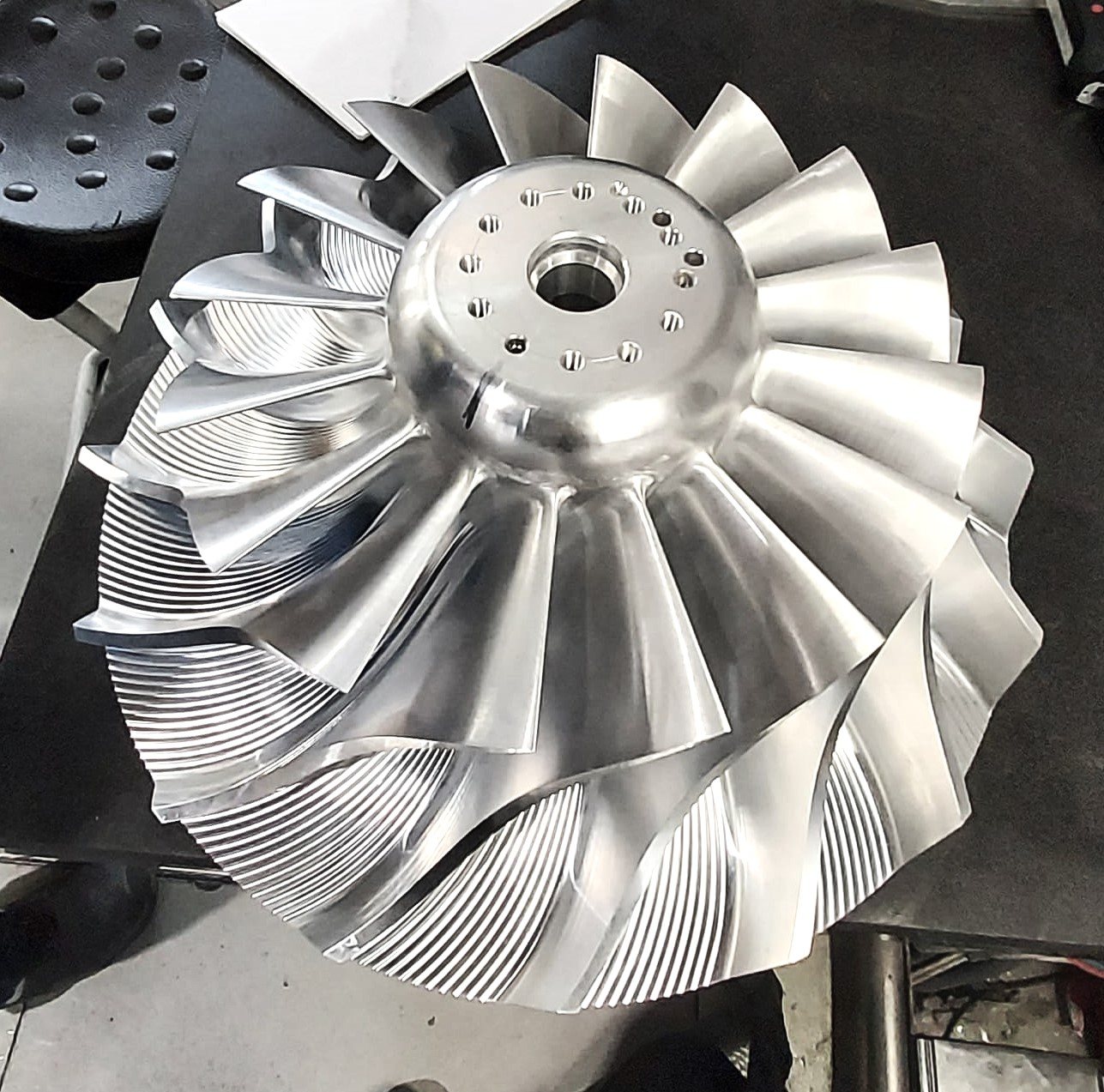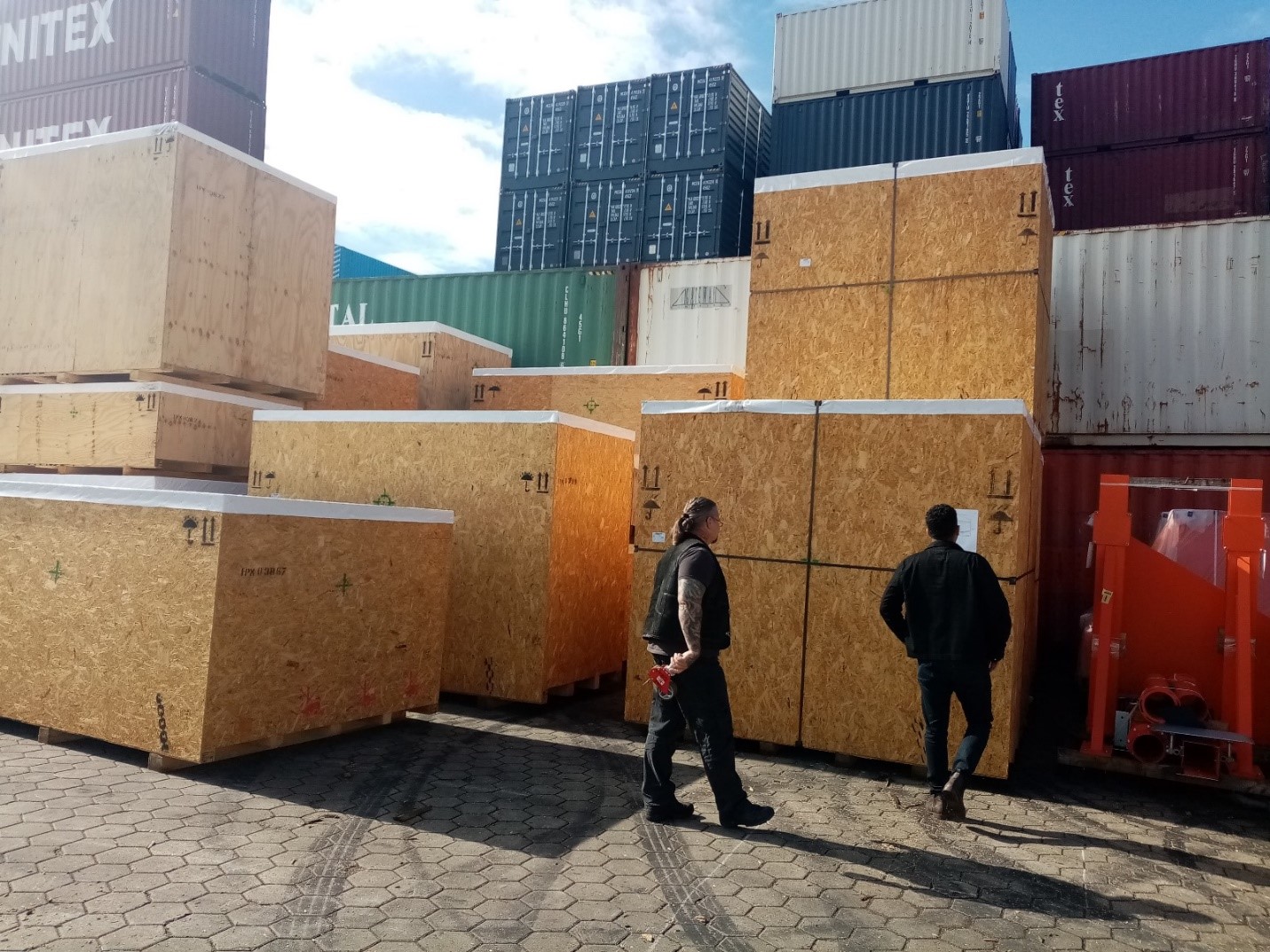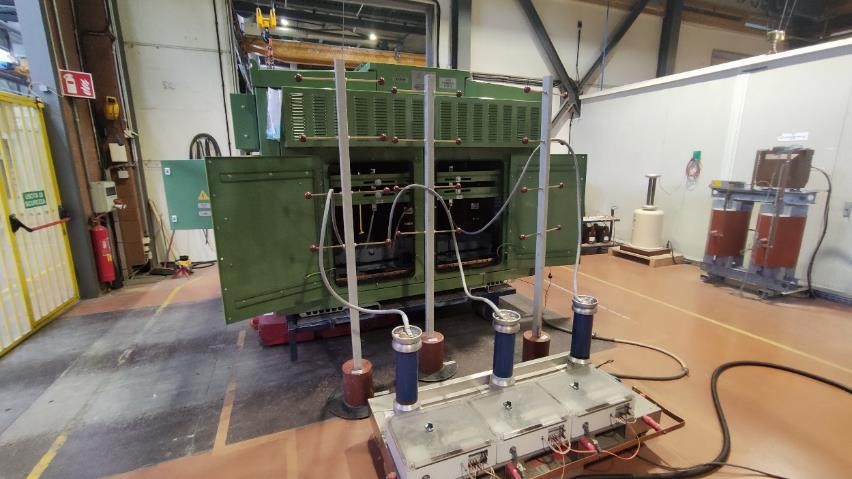Abstract
This article is described the “Liquid Penetrant inspection (LPI)” or “Dye penetrant inspection (DP)”, which is abbreviated generally as “Penetrant Testing (PT)” as an old common method of Non-Destructive Testing “NDT”. You can find the purpose of the test, the material, which could be tested by this method, furthermore, a brief procedure will be mentioned.
Introduction
Discontinuity and surface flaws such as cracks and pinholes could be affected on the quality and efficiency of equipment or a welding seam, therefore the surfaces and seams should be controlled for the existence of any surface flaws. Penetrant testing “PT” is a cheap method applied widely in the process of fabrication, maintenance, repair, or overhaul in various industries.
1- What’s the purpose of Penetrant testing?
Penetrant Testing is applied on the surfaces to detect the deficiencies on the surfaces up to a 3-millimeter depth such as cracks. The result of PT should be evaluated against the reference documents and standards. The observed flaws by this method could be deemed as acceptable or reject due to related acceptance criteria. The third-party inspection agency “TPIA” witnesses the testing according to the approved documents by the client to be ensured, whether the Liquid Penetrant inspection is applied based on the standard and test procedure and the results are complied with the standard or not.
2- Which material could be tested by this method?
An advantage of the dye penetrant test is that not only the metal but also ceramic, plastic could be tested.
3- Test Procedure
The test procedure generally is provided by the manufacturer and approved by the customer based on an international standard. Before the testing, the qualification certificate of the test personnel should be checked. Moreover, the light intensity and temperature of the ambient should be measured. The validity of sprays and material shall be checked.
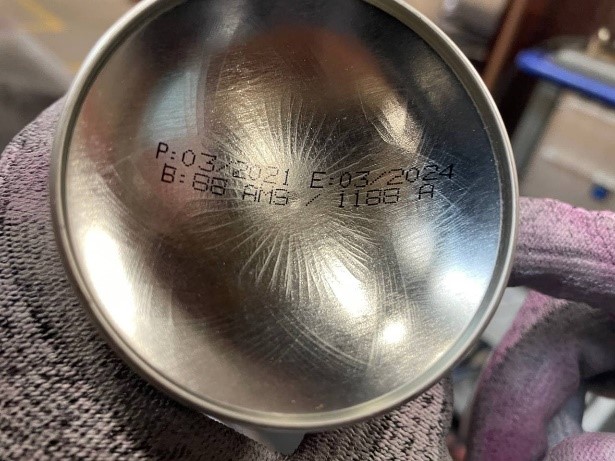
3-1- Pre-cleaning:
Contaminants such as scale, slag, rust, oil, grease, etc., should be removed from the surface, also mechanical and chemical pre-cleaning should be done before the test.
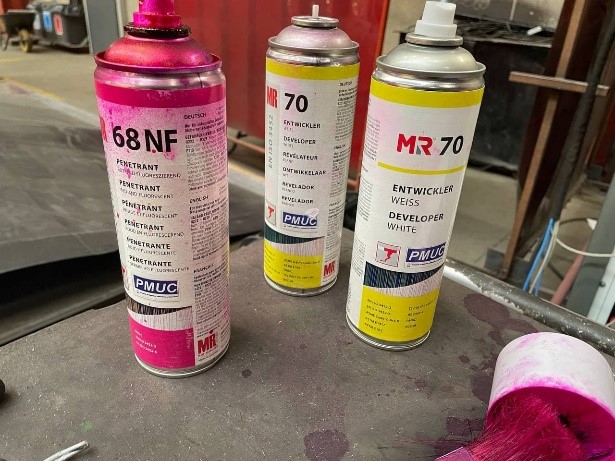
3-2- Application of penetrant liquid:
A penetrant liquid is applied on the clean surface by spraying, brushing, flooding, dipping, or immersion. It will remain till the end of penetration time, which is specified in the standard. The penetration time is recommended normally between 5 to 60 min.

3-3- Excess penetrant removal:
Due to the penetrant liquid type, the cleaner material could be water, solvent, emulsifier, or another cleaner. Applying the cleaner could be performed by wiping, immersion, spray, or through a lint-free cloth or absorbent paper. It should be mentioned the cleaning step should be done as far as the penetrant liquid not to be removed from the flaws i.e., the high-pressure liquid. The removal techniques are described in the relevant standards.
3-4- Application of developer:
Application of the developer should be carried out as soon as possible after the removal of excess penetrant. There are some types of developer, which is determined in the test procedure. A dry developer is applied only with the fluorescent penetrant. The testing surface is covered by a thin layer of the developer.
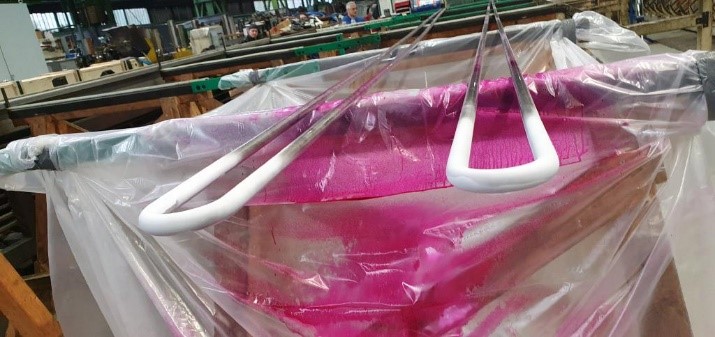
3-5- Evaluate indications and recording
The main inspection observation will be done in this step so that, the surface discontinuity and flaws are indicated on the developer thin film. The recording of evidence must be done in this step. The viewing of the defect could be done through natural light or UV by a fluorescent lamp as per standards conditions. The sensitivity of the techniques is different and it is determined on the test procedure based on the material and other parameters.
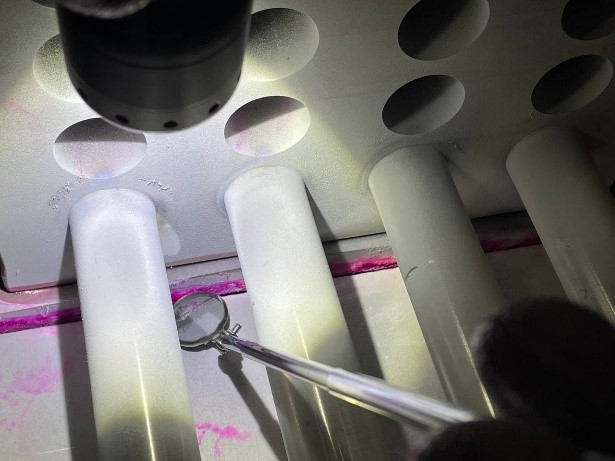
3-6- Post cleaning
After inspection and recording, the used material should be cleared from the surface, and if it is required suitable corrosion protection shall be applied.
4- Penetrant Testing result
The result of the inspection will be reported by the third-party inspector to the customer along with the test report as proof of the inspection. In case of any deviations or non-conformities, the tested item could be repaired or replaced with another one and re-inspection will be arranged to ensure the quality of the equipment.
The below chart shows the operation sequences of dye penetrant testing in various methods.

